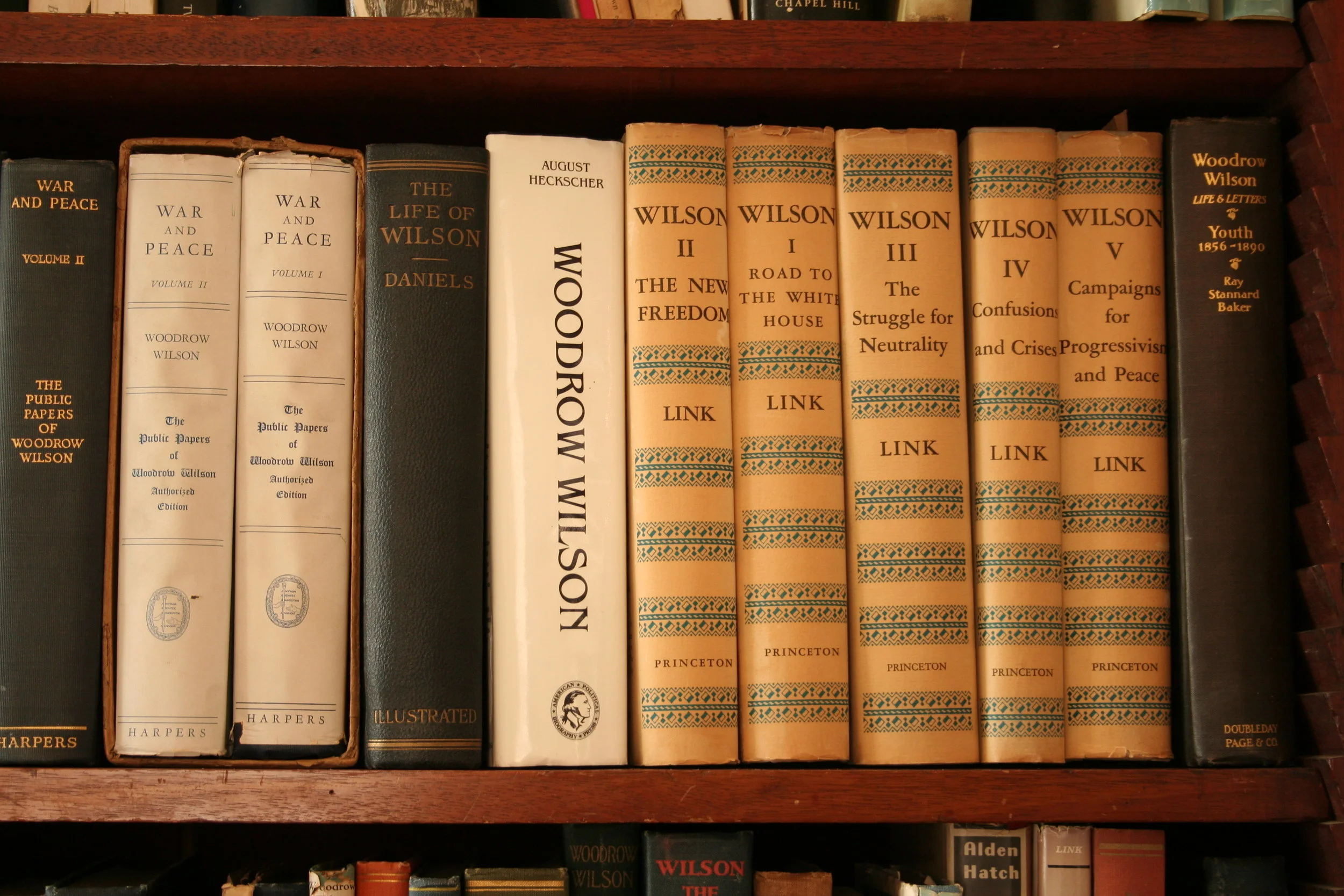1919 Mail Bomb Attacks
/During the nineteenth century, Mayday was one of the few holidays in Germany without any religious significance, but workers still got the day off. Typically people would enjoy the spring weather with some beer and dancing. As the century wore on, Mayday became more and more associated with the speeches, and sometimes free drinks, offered by labor organizers to focus the attention of employees on the issues of the workplace. By the end of the century, Mayday had become the workers’ holiday for socialists of every stripe around the world. Communists and revolutionaries recognized it as a day of solidarity.
It was because of the significance of Mayday, to radicals especially, that American Anarchists chose the holiday for the beginning of a serious letterbomb campaign in 1919. Thirty-six leaders were targeted by Italian-American Galleanists, a group that was flourishing among American immigrants in the early decades of the twentieth century, threatening chaos. Earlier in 1919, Jessie Sayre had noted in Philadelphia the, “anarchist posters threatening to blow us all up.” Many of these Anarchists believed in Luigi Galleani’s notion of the propaganda of the dead; radical thinkers had to follow through with violent acts to overthrow the state. So, they sent letterbombs to people like the Attorney General A. Mitchell Palmer, Seattle Mayor Ole Hanson, the Postmaster General, and John D. Rockefeller. The first bomb actually arrived in late April, consisting of hollowed-out wooden blocks containing dynamite, set off by a spring when the box was opened. It failed to go off, but a second bomb injured the wife of a Georgia senator and blew off his housekeeper’s hands. Police were soon notified and news reports described the distinctive packages. The great majority of them never reached their destinations, either because of observant postal workers or because of insufficient postage.
In June of 1919, the Anarchists followed up the Mayday campaign by detonating eight large bombs, each in a different city. None of the intended targets were hurt but a night watchman and one of the bombers were both killed. Attorney General Palmer’s house was destroyed and the blast nearly got Franklin and Eleanor Roosevelt, who lived nearby. It was their home that was showered with bits of dead Anarchist. The accompanying flier included the words: “War, Class war, and you were the first to wage it under the cover of the powerful institutions you call order.”
President Woodrow Wilson was in Paris at the time, trying to help negotiate an acceptable peace treaty to end the Great War. Still the news alarmed him. As Dr. Grayson wrote in his diary:
We got full particulars today of the latest bomb outrages in the United States, which are apparently being carried on in an effort to force the Government to stop its prosecution of the anarchistic leaders and the IWW, who have tried to terrorize the country.
Palmer was soon given permission for further crackdowns on radicals and especially immigrants, which would culminate in the infamous Palmer Raids of 1920, when a young J. Edgar Hoover was given free reign to round up enemies of the state without warrants or evidence.






